Choose the right solar off grid power generation system under 4 conditions
 Mar 15,2022
Mar 15,2022 
What are the characteristics and solutions of off grid solar power generation systems
 Mar 14,2022
Mar 14,2022 
How much do you know about 3kw off grid solar system?
 Mar 14,2022
Mar 14,2022 
4kw grid-connected solar photovoltaic power generation home system introduction
 Feb 26,2022
Feb 26,2022 
What are the differences between power lithium batteries and energy storage lithium batteries?
 Feb 26,2022
Feb 26,2022 
What are the advantages of lithium batteries?
 Feb 22,2022
Feb 22,2022 
System application of off-grid solar power generation system
 Feb 22,2022
Feb 22,2022 
Top 5 Reasons to Install a Solar Power System on Your Home Roof
 Feb 22,2022
Feb 22,2022 
What is the composition of the portable solar power system
 Feb 22,2022
Feb 22,2022 



 Home
Home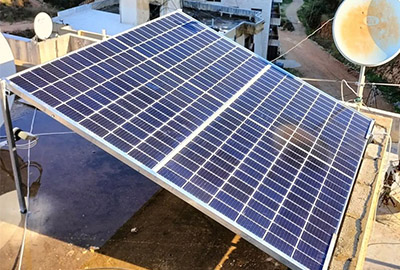
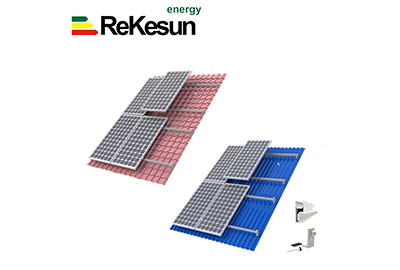
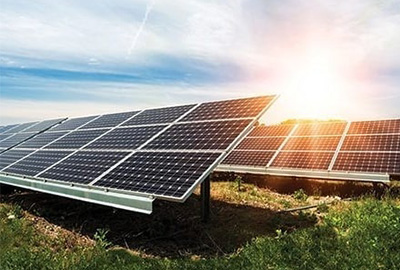
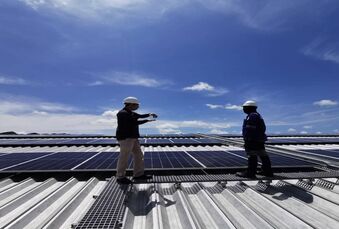
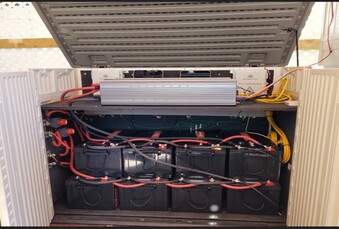
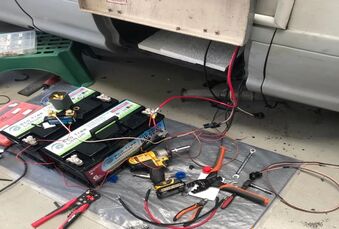
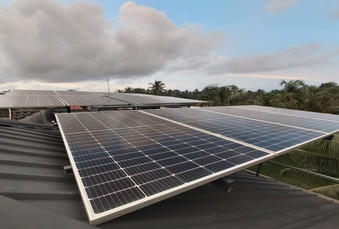
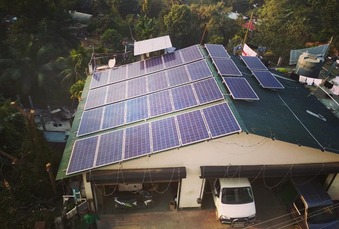
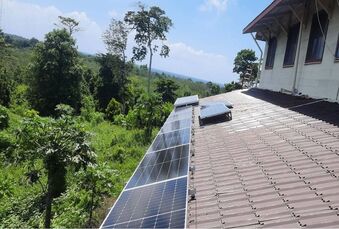









 syplighting.en.alibaba.com
syplighting.en.alibaba.com



